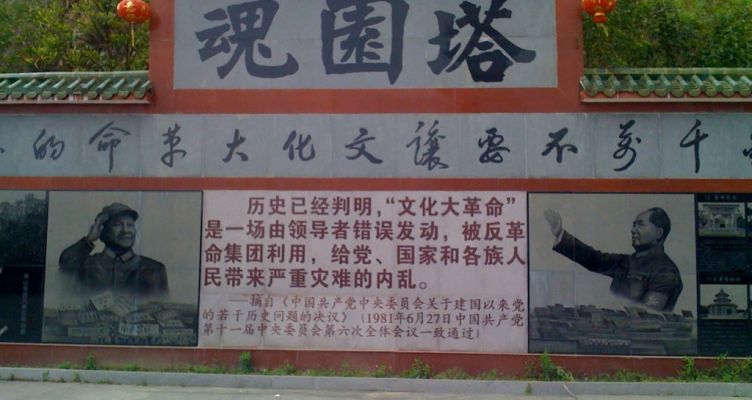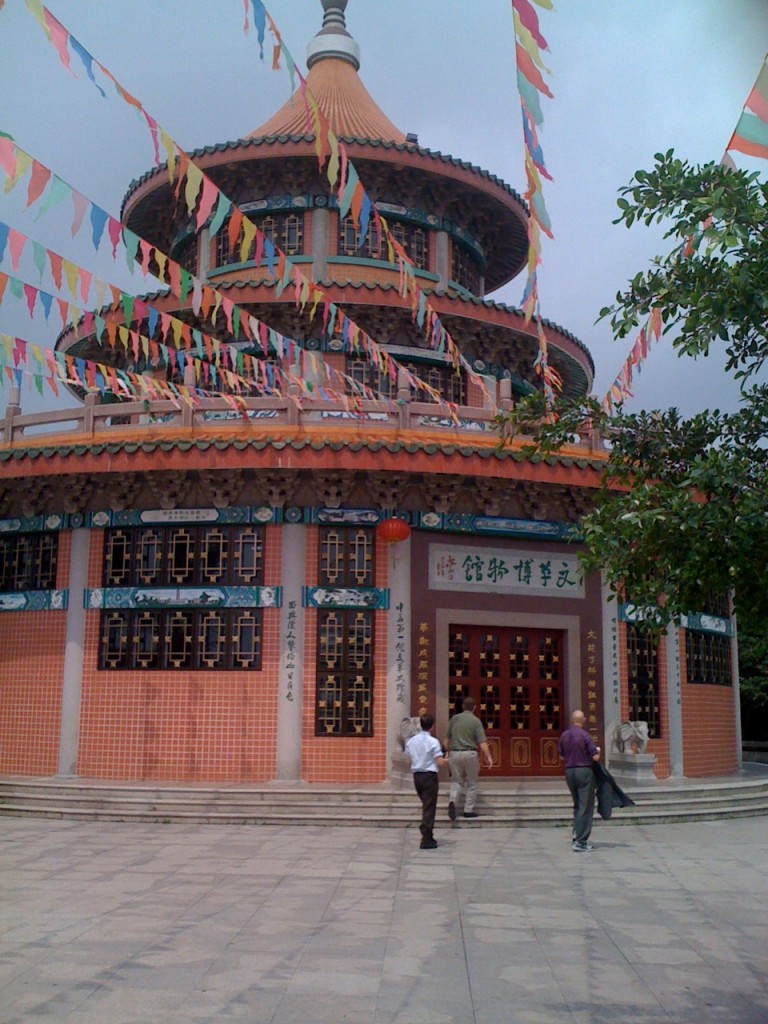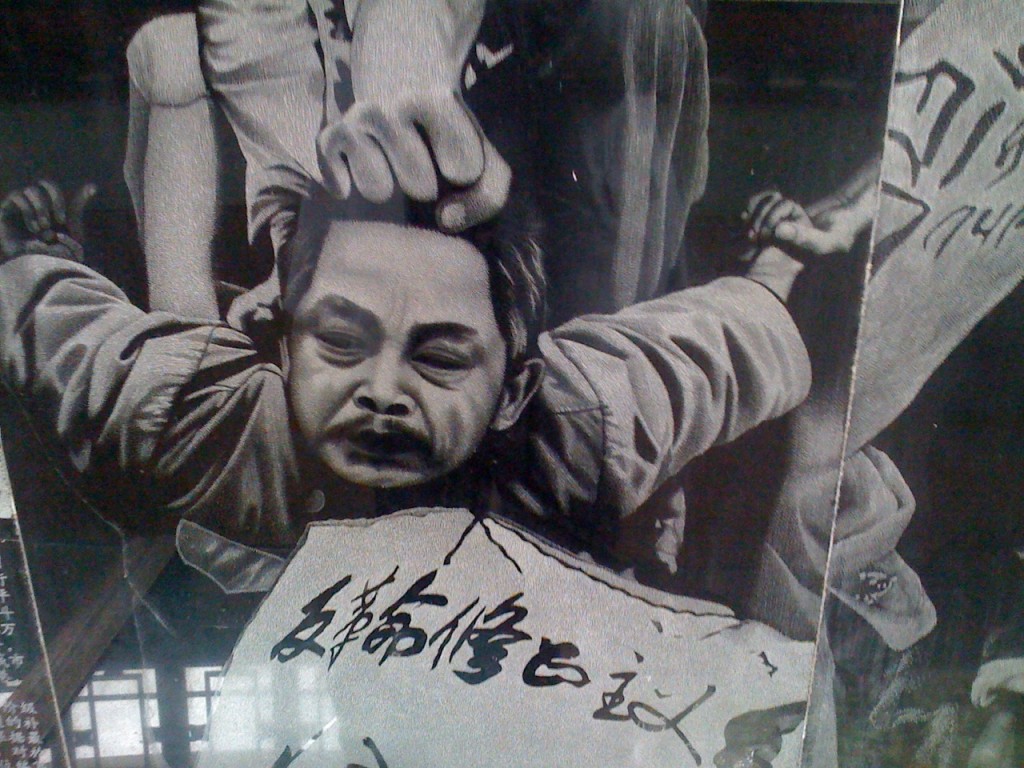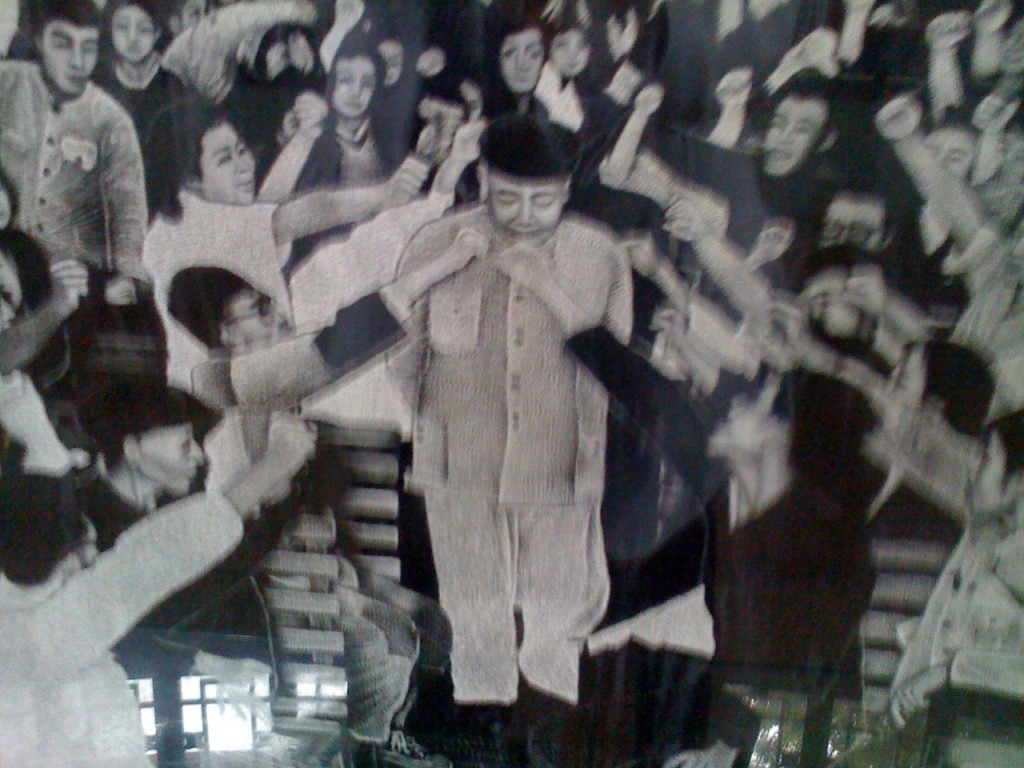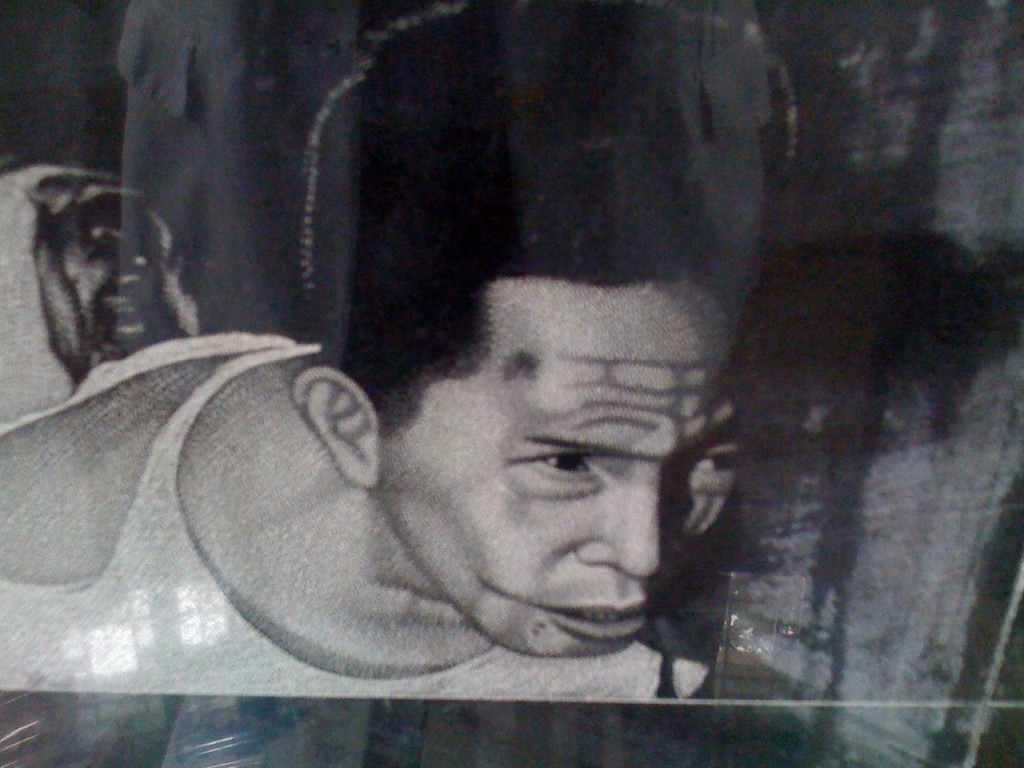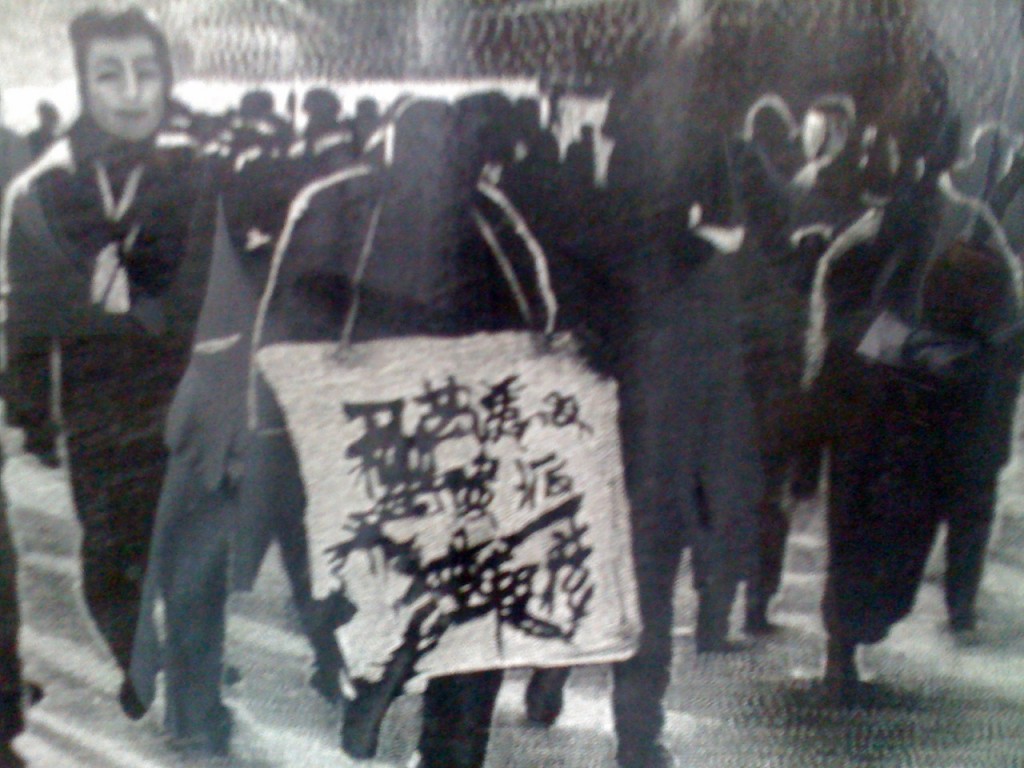Confronting China's Dark Past
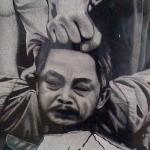
Click here to read all of David Frum’s blogposts from China.
Shantou City does have one remarkable local feature: a museum to the memory of the victims of the Cultural Revolution. Located within a local park on the edge of town, not marked in any way - but still: it exists and offers something closer to actual history than is usually allowed people here.
The park entrance is marked with a big stone wall into which photograph likenesses of Mao Zedong and Deng Xiaoping have been etched, flanking an extract from a 1981 Communist Party conference describing the Cultural Revolution as a mistake. A path winds through more stone likenesses of high party officials who suffered during the Cultural Revolution, including Hu Yaobang, the General Secretary who presided over China's era of maximum political openness, the years leading up to the Tiananmen Square repression of 1989.
At the core of the park is a round structure, inspired by Beijing's Temple of Heaven, although on a much smaller scale. Inside, more images from the period are etched into stone, accompanied by a chronological text of the major events of the period from 1957 through 1976, culminating in the trial and punishment of the so-called Gang of Four, Mao's heirs. Immediately outside the monument is an imposing bronze-colored statue of Marshal Chen Xilian, who provided the military muscle that enabled Deng to prevail in the post-Mao power struggle. Nearby is another stone wall, engraved with the epithets hurled at "class enemies," and listing the categories of persons who were denounced and attacked: intellectuals, teachers, the good looking, etc.
I've posted below some of my inadequate photos, snapped on my first generation iPhone, without zoom or focus, sorry.
There is nothing here like justice to the scale of the atrocity. Communist Party victims are featured. The many tens of millions of non high officials who were denied education, brutalized, humiliated, beaten, starved, or murdered are only mentioned by implication, via a few representative photographs and oblique texts. While Mao's cult of personality is presented critically, Mao himself is to be assessed (in the words of the party itself) as 60 percent positive, 40 percent negative. Although the historically conscious architecture of the museum complex bespeaks China's cultural continuity - the temple-like museum fronts a valley on the other side of which rises a newly-built classically styled pagoda - there is no tally of the destruction wrought by the Cultural Revolution upon China's cultural monuments.
Imagine a museum to the victims of the Soviet Gulag as erected by local officials of the Khruschev government, and you get the idea.
Still: this one site in this one shabby city comes nearer to an honest reckoning of China's recent past than anything I've seen or heard of in mainland China. What's unclear: is this a portent of a freer future? Or a relic of a more open past, too solid to demolish, too obscure to close, too sensitive to be replicated?
